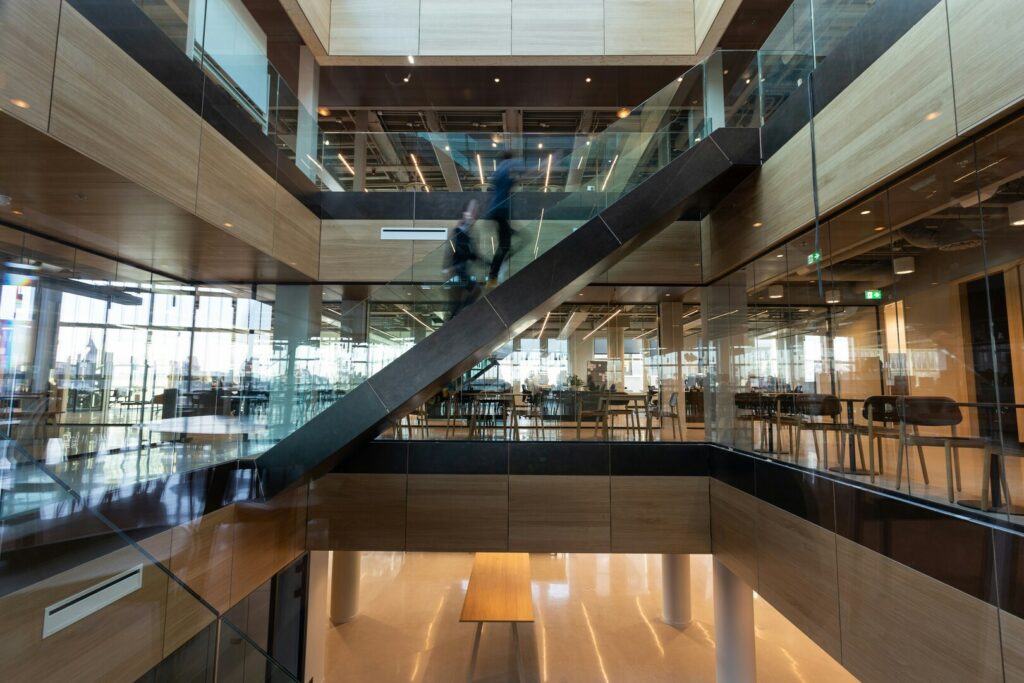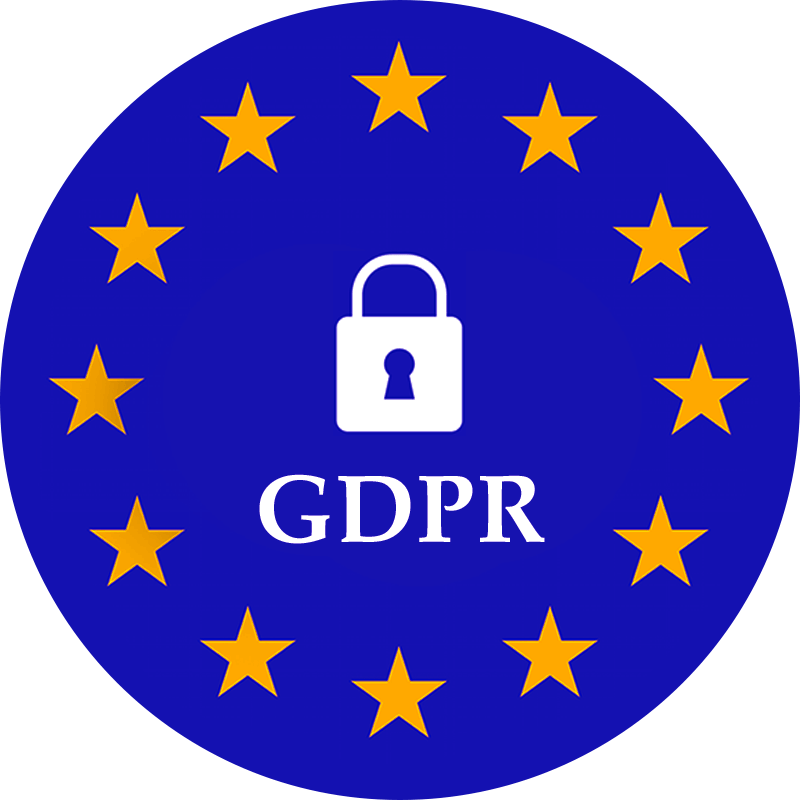Workation How-to: Escape the Office, Not the Work

In a world where the lines between work and leisure are increasingly blurred, a new trend is emerging: the workation. This blend of work and vacation is revolutionising the way we think about productivity and relaxation, offering a unique opportunity to balance professional responsibilities with personal well-being. Whether you’re a digital nomad, a remote worker, or someone looking to break free from the monotony of the office, a workation might be just what you need.
Understanding the Differences Between Hybrid and Remote Work

In recent years, hybrid and remote work concepts have become integral to modern employment practises. While both approaches offer flexibility and cater to the evolving needs of the workforce, they are distinct in their implementation and impact. This article delves into the definitions, advantages, disadvantages, and nuanced differences between hybrid and remote work.
The Role of Remote Work in the Modern Era

The concept of ‘the office’ has changed in the modern time. The shift towards remote work, significantly propelled by the pandemic, among others, is redefining what we consider modern workspaces.
Hybrid Working: Benefits, Challenges and Strategies

The COVID-19 pandemic catalysed a seismic shift in the traditional work paradigm, forcing organisations worldwide to reimagine how work is conducted. Amid lockdowns and social distancing measures, remote work emerged as necessary, proving that many tasks could be performed effectively outside the conventional office environment. As the world gradually transitions to a post-pandemic era, hybrid working models have become a prominent feature in organisational strategies, blending the benefits of remote work with the advantages of in-office collaboration.
What’s New in Facilities Management Trends?

Facilities management has undergone significant transformation in recent years, driven by rapid technological advancements, changing workforce dynamics, and a heightened focus on sustainability. As organisations strive to create more efficient, comfortable, and sustainable environments, several key facilities management trends are shaping the future.
Facility Management: Enhancing Efficiency and Sustainability

Facility management is a multidisciplinary profession encompassing various activities, responsibilities, and services essential for efficiently operating and maintaining an organisation’s physical infrastructure. From ensuring a safe and functional environment to enhancing productivity and sustainability, facility management plays a critical role in the success of businesses and institutions.
Navigating Open Office: How Office Booths Boost Productivity

Open office layouts have become the norm in many workplaces in recent years. The idea behind them is to foster collaboration, communication, and a sense of community among employees. However, despite their intentions, open offices come with their fair share of challenges. From noise distractions to lack of privacy, these environments can sometimes hinder productivity and creativity rather than enhance them. Fortunately, solutions like phone and office booths can help mitigate these challenges and create a more conducive work environment.
50% of Corporate Giants Plan to Reduce Office Space

As the world grapples with the aftermath of the pandemic, the corporate landscape is undergoing significant transformations, particularly in real estate. Traditional office space, once a staple for large international companies, is now being reevaluated and reshaped to meet the evolving needs of businesses and employees.
Chaos to Control: Crushing Office Administration Challenges

In the bustling ecosystem of any organisation, the unsung heroes often reside behind the scenes, diligently ensuring the smooth functioning of daily office administration operations. Among these vital roles, the office administrator stands as a linchpin, orchestrating the rhythm of administrative tasks that keep the wheels of productivity turning. Yet, beneath the surface of efficiency lies a labyrinth of challenges unique to this pivotal position. From managing diverse tasks to handling unforeseen crises, office administrators encounter a myriad of obstacles on a daily basis. However, armed with the right strategies, these challenges can be navigated with finesse. There are 5 of the most common hurdles office administrators face, and the expert shares some tips on how to overcome them, ensuring survival and triumph in the dynamic landscape of modern workplaces.
Workplace Insights: Employ Data to Improve Your Office Space

Workplace insights plays a vital role in effective office management as it offers substantial benefits such as improved decision–making, increased employees’ productivity, employees and visitor experience, and simplified strategic office space management. Analytical data consists of three main categories – office, employees’ productivity, and employees’ experience analytics. Different data from office analytics gives valuable insights about office occupancy, capacity, utilisation, number of space bookings, and many more.


